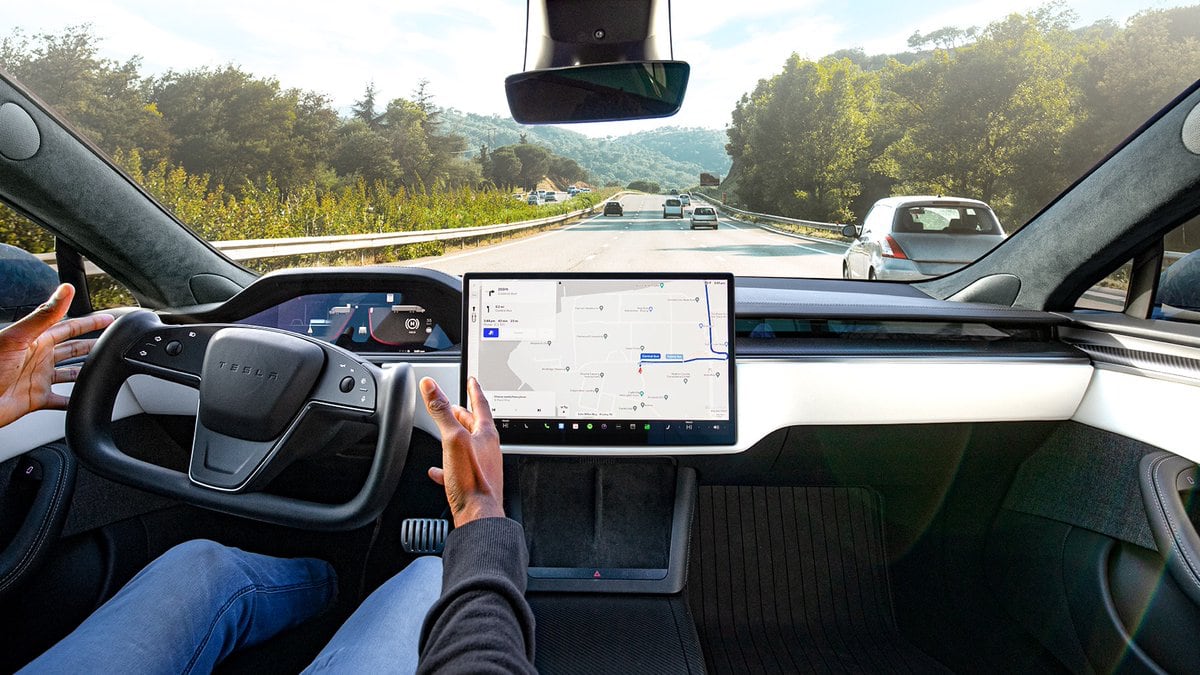"Since Autopilot was first introduced in 2014, it has relied on the application of force as a sign of driver attentiveness."
Not quite true. Autopilot was released in 2014 but autosteer didn't come until the next year. The messages to hold the steering wheel were not nags, and were not there to see if a driver was paying attention (even now, it's possible to hold the wheel while not paying attention) but were designed to appear in situations such as curves where the car was less certain of the road ahead and where there was more likelihood that a driver would need to take over.
Shortly after that, all sorts of videos started to appear with drivers intentionally not paying attention and not holding the wheel as their startled passengers looked on. Tesla changed the system and abandoned the promise of "hands free driving from on ramp to off ramp" and started putting up messages to hold the wheel at random times every few minutes, even though nothing on the road triggered them.
As a handful of drivers abused the system and were highly visible about it, Tesla started to claim that those who were not holding the wheel were responsible for accidents because they were expected to take over. And those who were holding the wheel were responsible for accidents because they were in control of the car. It was the driver's fault no matter what, but regulatory agencies seemed appeased when Tesla made the nag more frequent.
Some drivers figured out that adding weights helped, and never claimed to be doing it so they wouldn't have to pay attention. But people who accepted that cruise control was safe without a driver's foot hovering over the brake pedal couldn't accept that the car was safe without a driver having physical contact with the wheel, even though there was never any evidence that drivers who held the wheel either paid more attention or had fewer accidents.
Then Tesla added a camera, and as competitors monitored the driver's eyes instead of relying on torque on the steering wheel, Tesla left the nag in place. Cameras actually check to see if the driver is watching the road, and should give a message on the screen if a driver is looking at the screen instead of watching the road. But this time around, drivers will be better off watching the road instead of looking at the screen so they can react to a nag faster to avoid losing Autopilot.

 www.notateslaapp.com
www.notateslaapp.com

